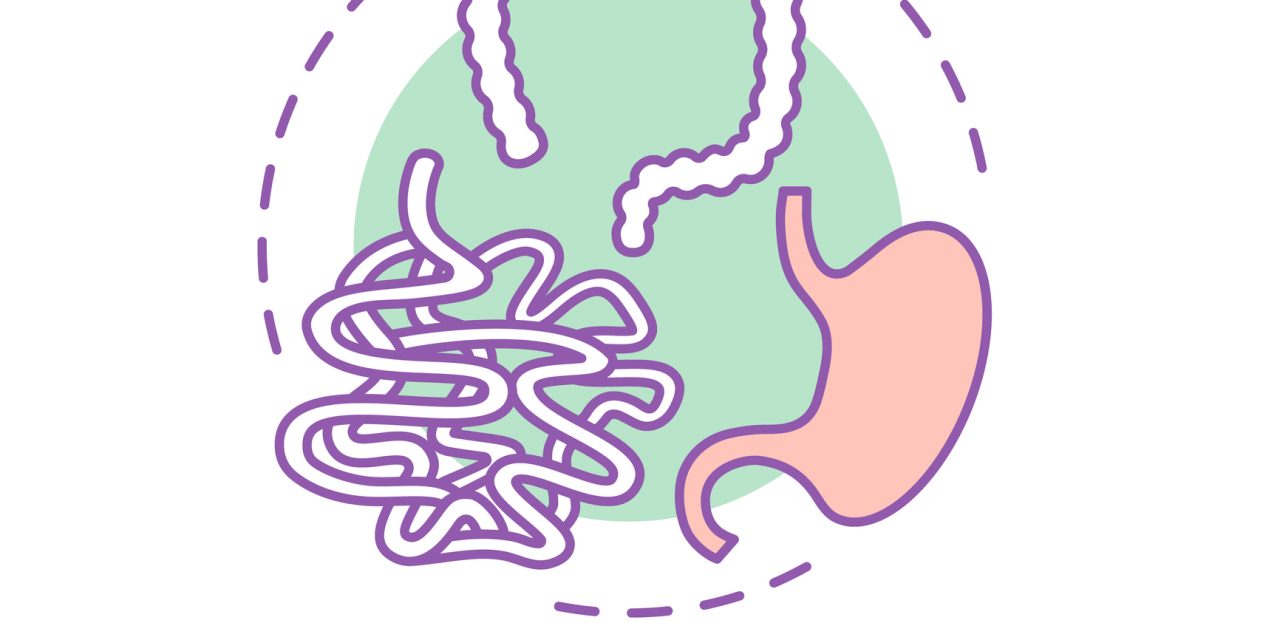Left lateral segment (LLS) atrophy is a common complication in liver transplantation (LT) for biliary atresia (BA). The study compared the pathological features of the LLS with the right posterior segment (RPS) of BA livers acquired through LT to better understand the significance of heterogeneous atrophy. Among the 116 BA patients who had LT at our institution between 2014 and 2018, 63 had persistent cholestasis following the Kasai portoenterostomy (KP). Three pathologists examined LLS and RPS tissues for five pathological criteria. Positive regions in the whole-slide picture that were identified as portal inflammation, fibrosis, cholestasis, and ductular response were quantified using automated image analysis. Furthermore, the study looked at the link between the pathological score and the Pediatric End-stage Liver Disease (PELD) score. At LT, the median age was 7 months. The LLS had considerably more inflammation and fibrosis than the RPS, but there were no changes in cholestasis, ductular response, or hepatic damage. In automatic image quantification, the same findings were achieved. Furthermore, the sums of the LLS’s five pathological scores revealed a strong positive association with the PELD score.
In the LLS, there was more severe inflammation and fibrosis without cholestasis. The etiopathogenesis of BA may be linked to segmental atrophy rather than inadequate bile drainage. Furthermore, the LLS may be the best location for a biopsy during KP.


